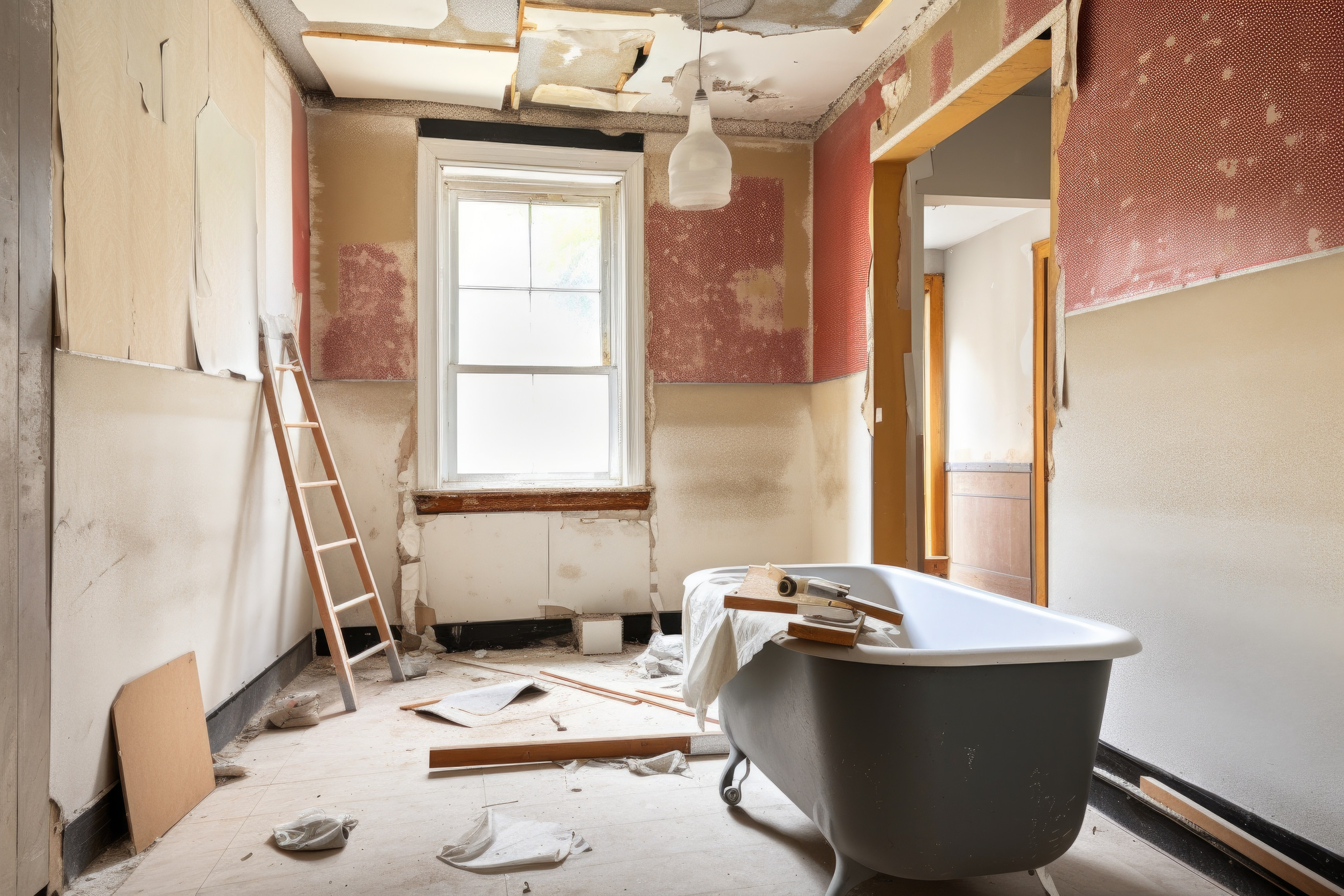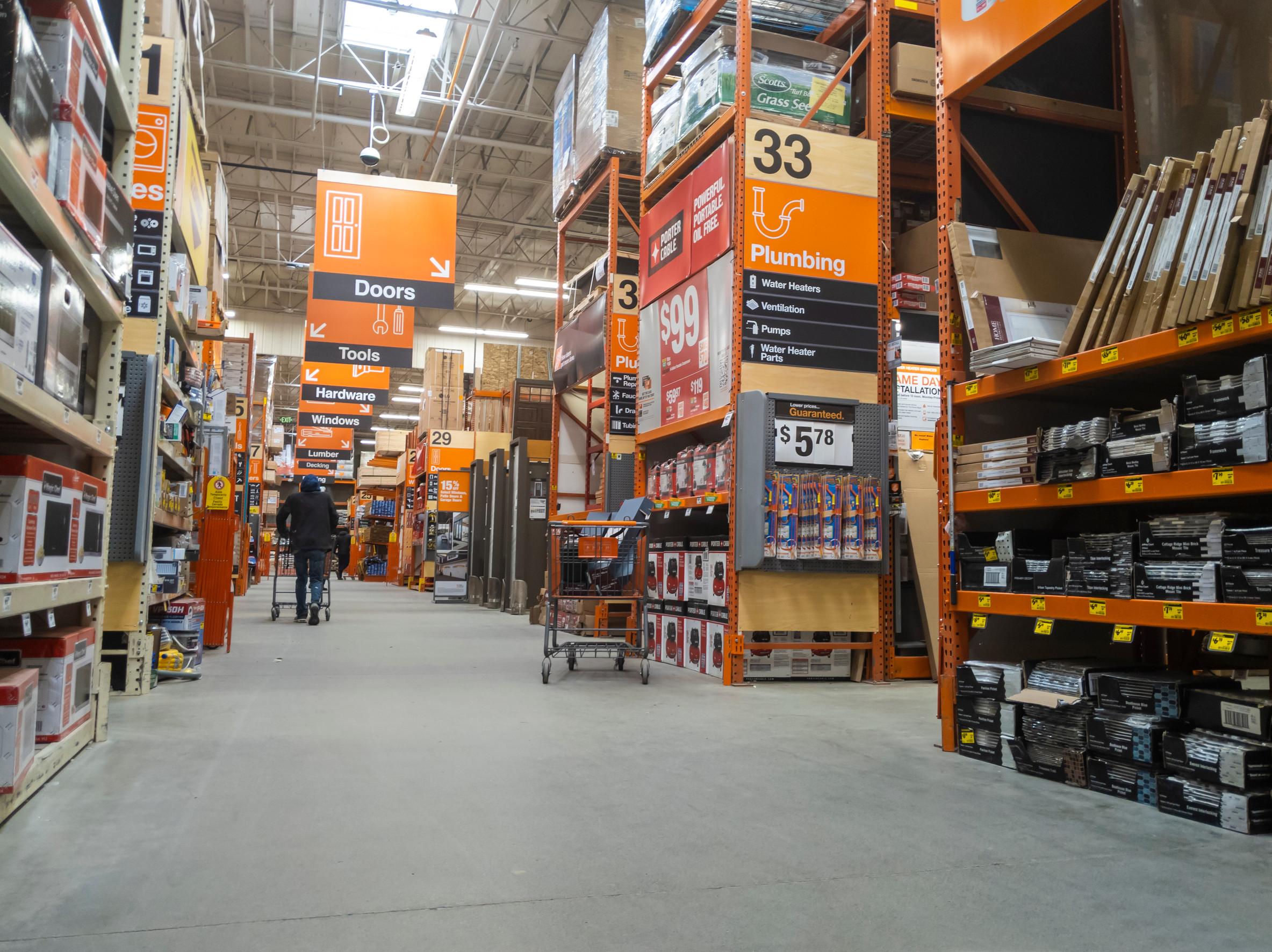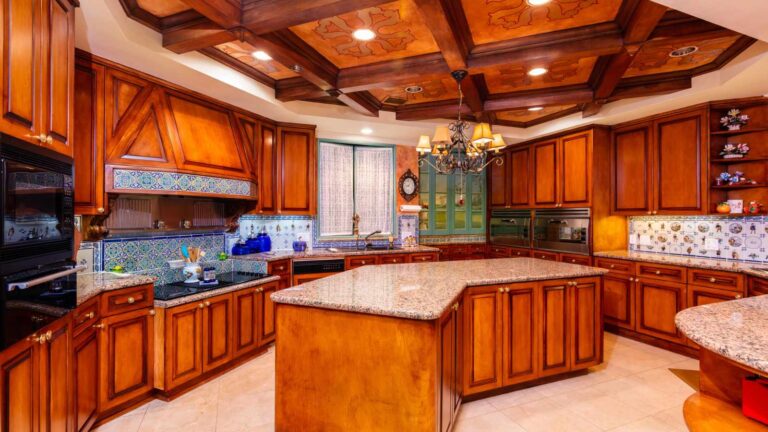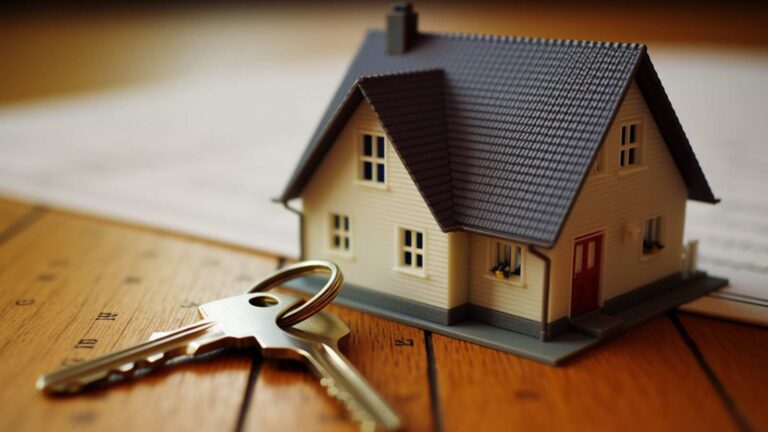Fed Cuts Interest Rates — Here’s How That Could Finally Unlock Your Home Renovation Budget

For homeowners watching borrowing costs soar over the past two years, the Federal Reserve’s latest decision may finally open a door that’s been stuck shut. On October 29, 2025, the Fed announced a quarter-point rate cut, lowering its benchmark rate to a range of 3.75 to 4 percent. It’s the second cut this year and a clear signal that the central bank wants to keep the economy from cooling too fast.
The move isn’t massive on paper, but it’s already stirring change in housing and renovation financing. Chair Jerome Powell said the cut reflects “a shift in the balance of risks” as inflation slows and job growth softens. Analysts at CNBC and The Wall Street Journal describe it as an “insurance move”—a way to cushion the economy before weakness spreads further.
Still, for millions of homeowners, the question is simple: Will this finally make it cheaper to fix up the house?
Mortgage Rates Ease, but Affordability Still Bites
Mortgage rates haven’t plunged overnight, but they are sliding gently in the right direction. Freddie Mac data shows the average 30-year fixed rate dipped to 6.19 percent at the end of October, while Fannie Mae expects year-end rates around 6.3 percent. The 15-year average hovers near 5.75 percent.
Those figures might not sound dramatic, yet even small drops can mean hundreds of dollars saved over the life of a loan. The Mortgage Bankers Association reports that refinance activity is up 81 percent from a year ago, mostly among borrowers stuck with higher pandemic-era rates. But about 70 percent of homeowners still hold mortgages below 5 percent, leaving many reluctant to trade a cheap loan for a pricier one—even with the Fed’s help.
Realtor groups say home sales could warm up if rates drift closer to 6 percent, but supply remains tight and prices high. It’s a market that’s thawing, not melting. Builder confidence and permit numbers are inching higher, hinting that the worst of the housing chill might be passing.

Cheaper Credit Lines for Home Improvements
Where homeowners will likely feel this rate cut first is in home equity borrowing. HELOCs—the flexible credit lines backed by home value—closely follow Fed moves. After the October decision, national averages dipped to 7.75 to 7.9 percent, the lowest since early 2023. Fixed home-equity loans for top-tier borrowers now range from 6.5 to 8 percent, according to Bankrate and LendingTree.
That’s a meaningful shift for anyone planning to redo a kitchen, install solar panels, or tackle long-delayed repairs. Bankrate analysts call this “a sweet spot” for equity borrowers—cheaper than personal loans or credit cards, yet still high enough to encourage fixed-rate caution. Several banks are promoting streamlined online applications and temporary rate discounts for renovation projects.
Harvard’s Joint Center for Housing Studies estimates total remodeling spending will climb to $524 billion by early 2026, a new record. Most of that growth is driven by older homes—over half of U.S. houses are now more than 40 years old—and by owners choosing to remodel rather than move. Energy efficiency upgrades, accessibility improvements, and outdoor living projects top the list.
Retailers See Early Signs of Life

At the retail level, the shift is subtle but promising. Home Depot and Lowe’s both reported that store traffic declines slowed through mid-2025 as rates eased. Big-ticket purchases like flooring and appliances are beginning to recover after months of slump.
Executives from both chains expect a “modest rebound” in spending into 2026 as homeowners grow more confident about borrowing. Surveys show the most popular renovation plans now include kitchen updates, insulation, HVAC upgrades, and backyard improvements—projects that blend comfort with energy savings.
Prices Still a Tug-of-War
One wild card is material cost. The Producer Price Index for construction materials rose 1.26 percent year over year in August, a far cry from the double-digit spikes of 2021 but still enough to keep budgets tight. Lumber, steel, and concrete prices are stable but not falling. Labor shortages also remain a drag, especially for specialized trades.
Even so, economists argue the math finally looks friendlier: a small drop in borrowing costs plus flat material prices equals the most affordable renovation window in years. If inflation keeps cooling, 2025 and 2026 could mark the turning point homeowners have waited for.
What Homeowners Should Consider
Financial planners suggest a few steps to make the most of this moment:
-
Tap equity, don’t replace your mortgage. Homeowners locked into sub-5 percent loans can open a HELOC instead of refinancing.
-
Choose fixed-rate loans when possible. With inflation still hovering above target, adjustable rates could creep back up.
-
Prioritize value-adding projects. Kitchens, bathrooms, and energy-efficient improvements still offer the best return.
Experts warn against overborrowing, but most agree the timing is favorable for those with strong credit and solid equity. “Despite modest growth, total homeowner remodeling spending could reach $524 billion in 2026,” said Rachel Bogardus Drew of Harvard JCHS. “Momentum is building as financing becomes more accessible.”
The Bigger Picture
This isn’t a full-blown boom—at least not yet. But for the first time in years, borrowing, materials, and homeowner sentiment are moving in the same direction. The Fed’s small shift may not make headlines for long, but it just might make a long-delayed renovation possible.
And that’s the change homeowners have been waiting for.
Read the original article on Crafting Your Home.






